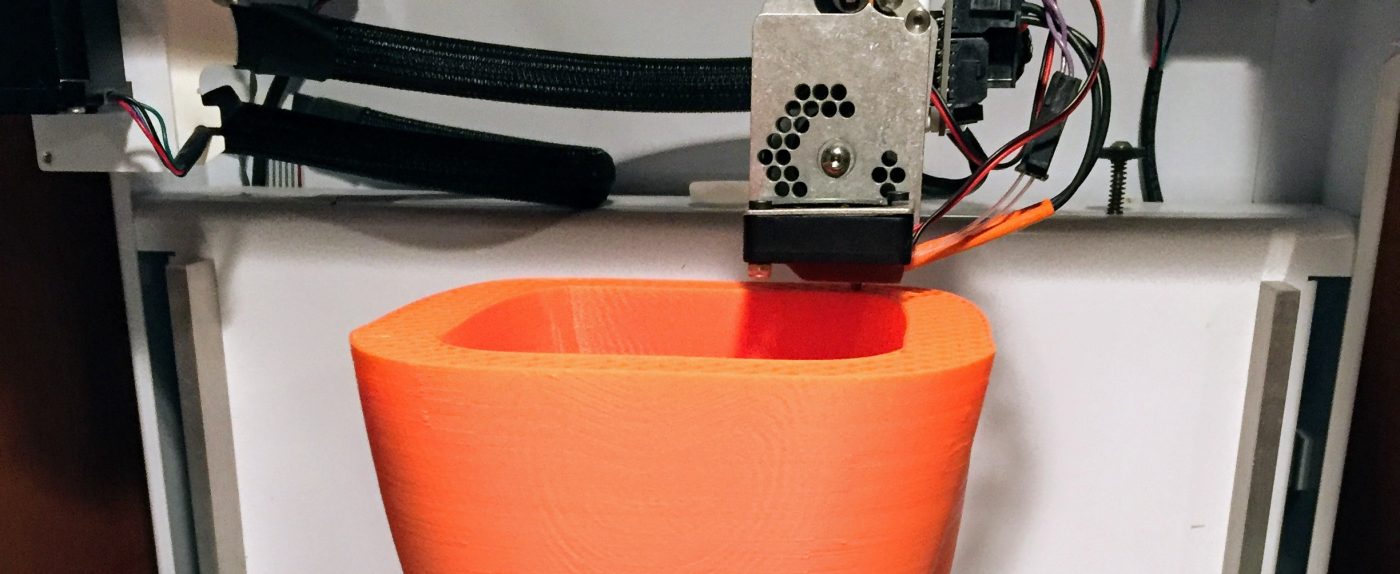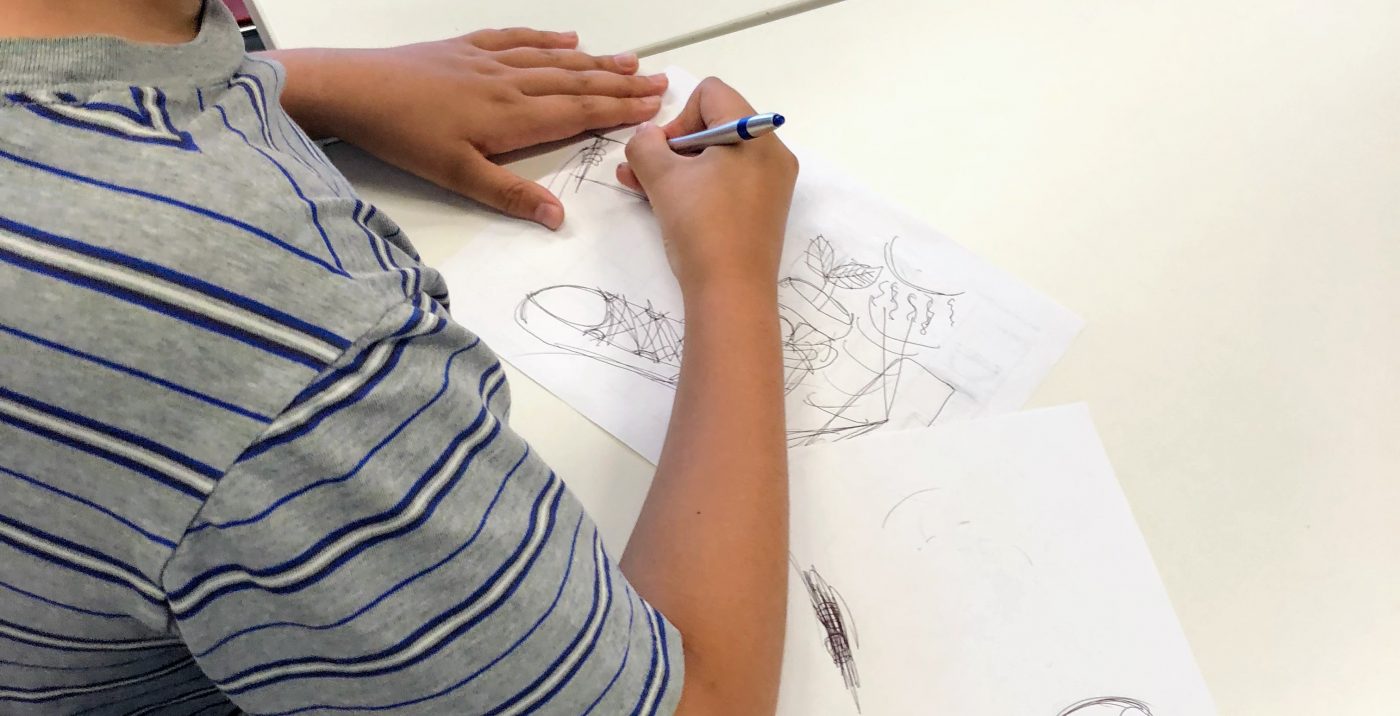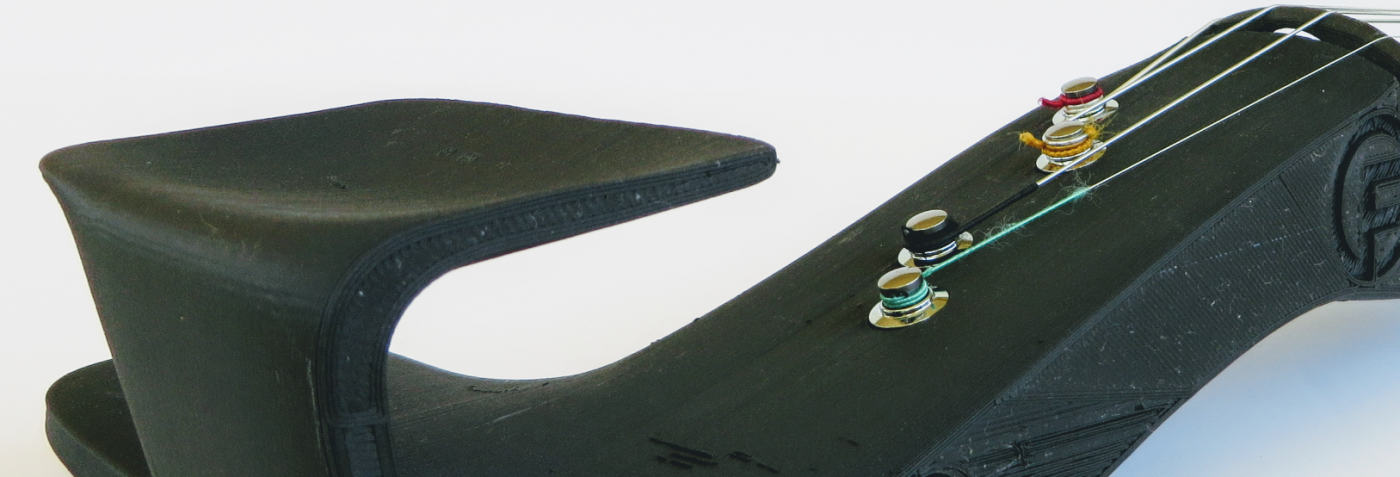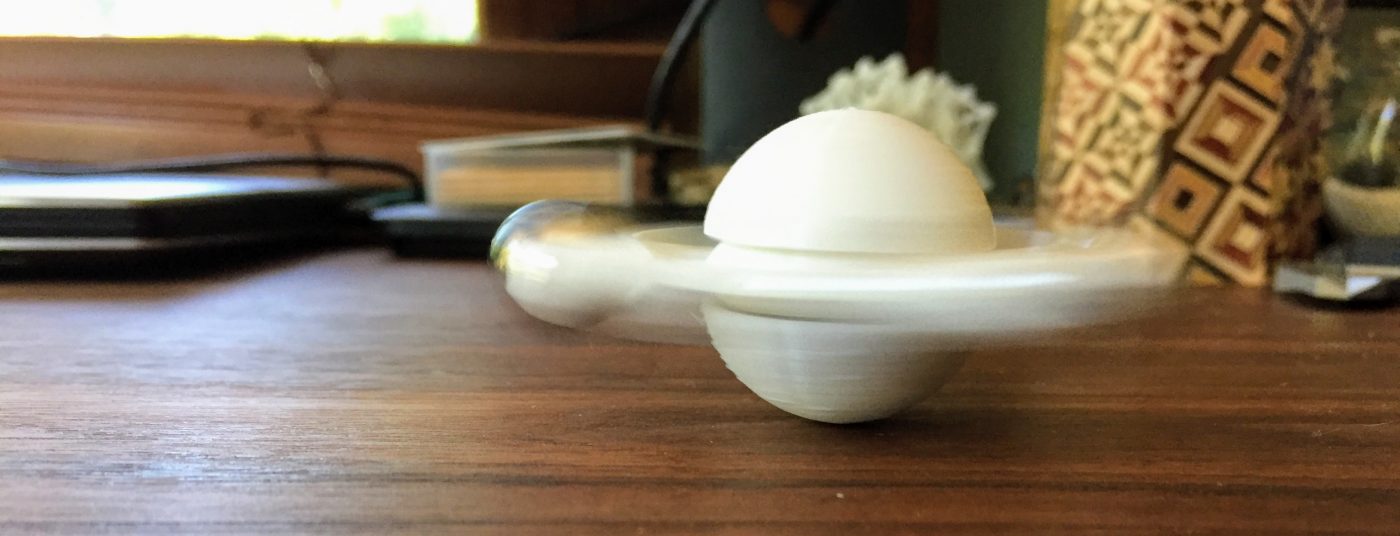OpenFab PDX brings schools and institutions up-to-speed on digital design and production technology.

Design and manufacturing technology is changing rapidly. Making things is cool, and Makerspaces are emerging to support anyone in making things, especially with digital design and production tools, such as 3D printers. How does this new digital paradigm affect the classroom? OpenFab has extensive experience working with Middle and High School faculty and staff to bring digital CAD design, digital production, and additive manufacturing such as 3D printing, into the classroom. At OpenFab, David’s school-focused consulting services can help you effectively and sustainably use the latest digital design and production tools.
Why OpenFab?
At OpenFab, David’s experience both in industry and with schools sets him up to support your school in many capacities. David offers professional guidance and services around:
- Digital design (CAD) software training
- Equipment (3D printers and more) selection, setup, and maintenance
- Program and project review and development
- Troubleshooting work-flow, technical, and machine issues
- Design and engineering process training
- Lesson planning
David’s school sessions end with concrete take-aways. You’ll leave with new knowledge, new skills, and clear deliverables you’ll use to get to the next step.
In addition, David doesn’t work for or partner with equipment vendors or software companies. The recommendations you’ll receive are based on what’s working in other schools and on what tools are best practice in the product design process. The curriculum feedback you’ll receive is based on David’s direct work with youth and with teachers. David’s goal is to engage students and make design, engineering, and making stuff fun and accessible.

How Does it Work? A Case Study
During a summer break I worked with a Portland Public School engineering teacher using PPS budget money. He and I had worked previously using grant money, and this was the first time we worked with PPS funds. To start, I created an estimate outlining two $500 half-day seminars. One to teach Fusion 360 CAD software and the other to instruct the engineering design process I use for my projects. The teacher passed my estimate on to admin, and from there on I worked directly with admin to secure payment.
During the Fusion 360 seminar we worked together to develop a high quality tutorial for designing a skateboard deck. As we worked through the project we had several opportunities to problem-solve issues that our teacher experienced with his students. For example – students often have to re-install Fusion 360 during class time, and often student designs are lost. It’s hugely frustrating! We pinned the issue down to a specific IT problem, and now our teacher has what he needs to take the issue straight to IT.
In the second seminar we focused on my engineering design process. Good design isn’t just clever brainstorming — it has good structure. I have a bunch of resources for teaching this process which I shared with our teacher throughout our session. He finished the seminar excited to teach this process, and with my resources he has a lot of additional information that he can dig into as he plans his upcoming semesters.
For a minimum amount of work on logistics and payment, one Portland Public School teacher received feedback on his curriculum, tutorials to use with students for his hardest lessons, support in solving his most stubborn software and equipment issues, and a package of resources to inspire new lessons.
From Middle School to University
At OpenFab, David works with schools from grade 6 through college level. Most of David’s consulting work is with High Schools in NW Oregon, including a significant amount of work with Clackamas area Career and Technical Education centers. While there are ways to incorporate Making into all age ranges, the digital tools make the greatest impact for grades 6 and up.
If your school is interested in making 3D things with digital tools — OpenFab can help.

Art to Engineering – STEAM Programming
Digital design and fabrication tools have applications across all disciplines. You won’t believe it until you see it — English classes can work together with engineering students to create technical manuals. Art students can create digital models of 3D printed molds for casting clay, silicone, and other materials. 3D printers and other digital tools have applications far outside of the typical math, science, and engineering disciplines.
That said, most of the work David does is with teachers and schools focused on improving their STEAM programming. STEAM should be fun for students, but it isn’t always, and can be especially difficult for non-traditional learning styles. Good news — making things is fun! If you’re reading this, you probably already think science and math is fun, but when you can use science and math to make a 3D printed fidget spinner — that’s a whole new level!

Serving the Whole School: Teachers, IT, Admin
For best results, schools need buy-in on all levels. Admin needs to understand the benefits of making stuff so they can sign the POs and sell new programs to parents and students. Teachers need to teach new programming without being totally overwhelmed by new technology. And IT folks should be excited about the fun new toys! OpenFab offers consulting and training for all levels of the school eco-system. Most consulting time is spent with teachers, but for best results an equal amount of time should be split between Admin and IT.
Good Training = Confident Teachers
With good training and the support of Admin and IT, teachers get to focus on doing what they do best — engaging students with fun lessons and activities! With the right programming you can be confident that students are taking in the knowledge and experience they need to succeed. Most important of all, student engagement soars.
